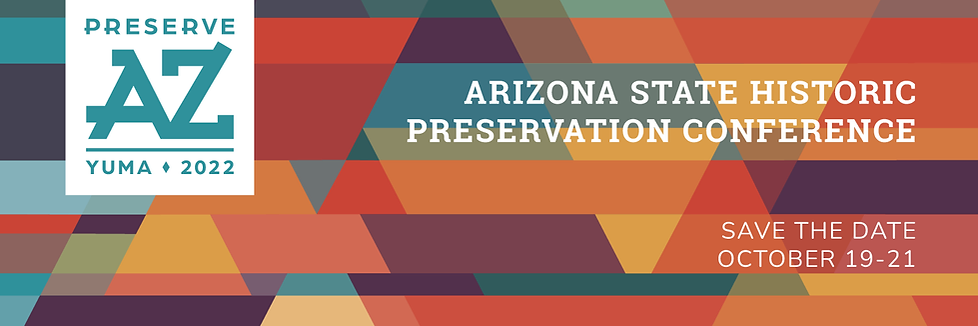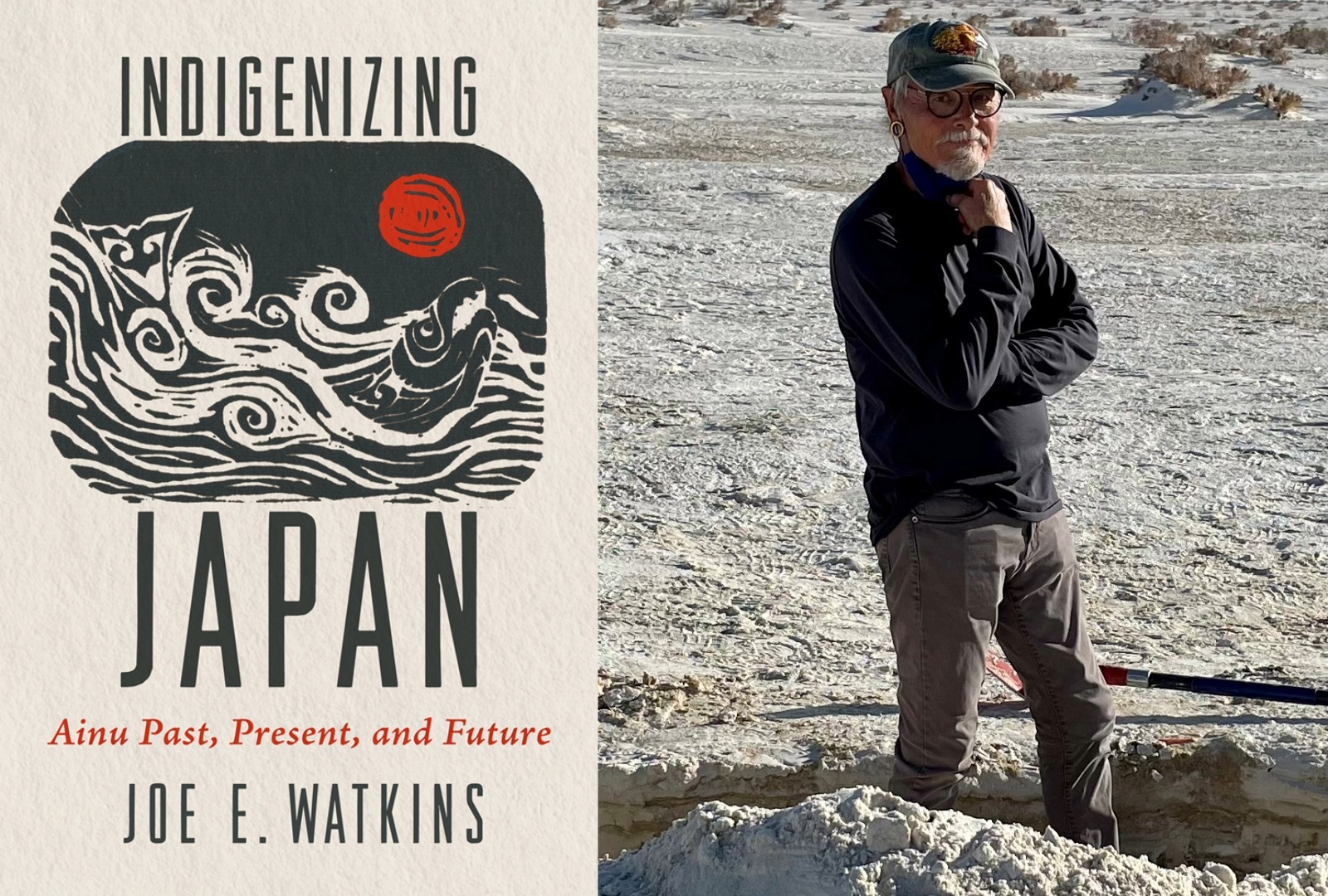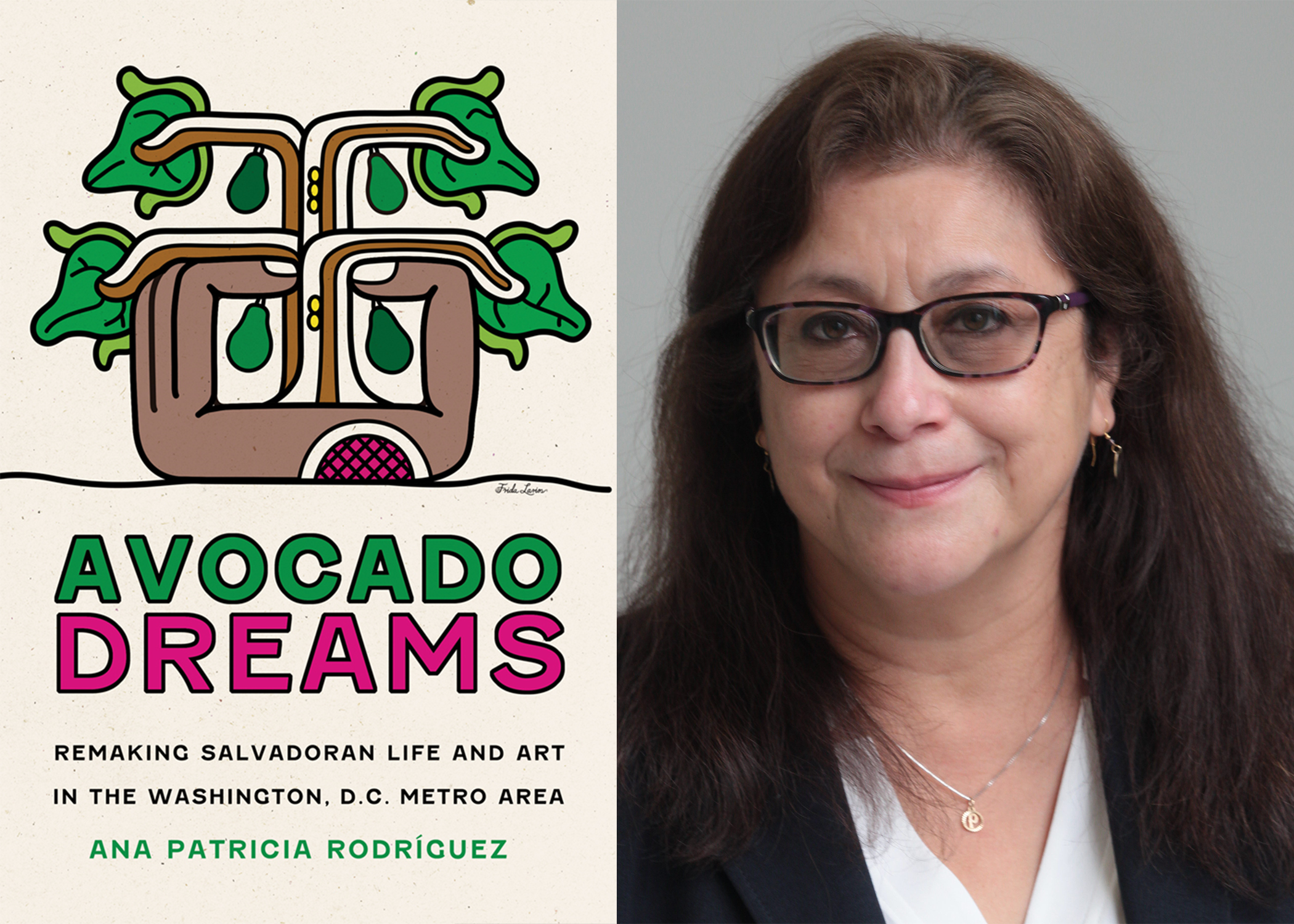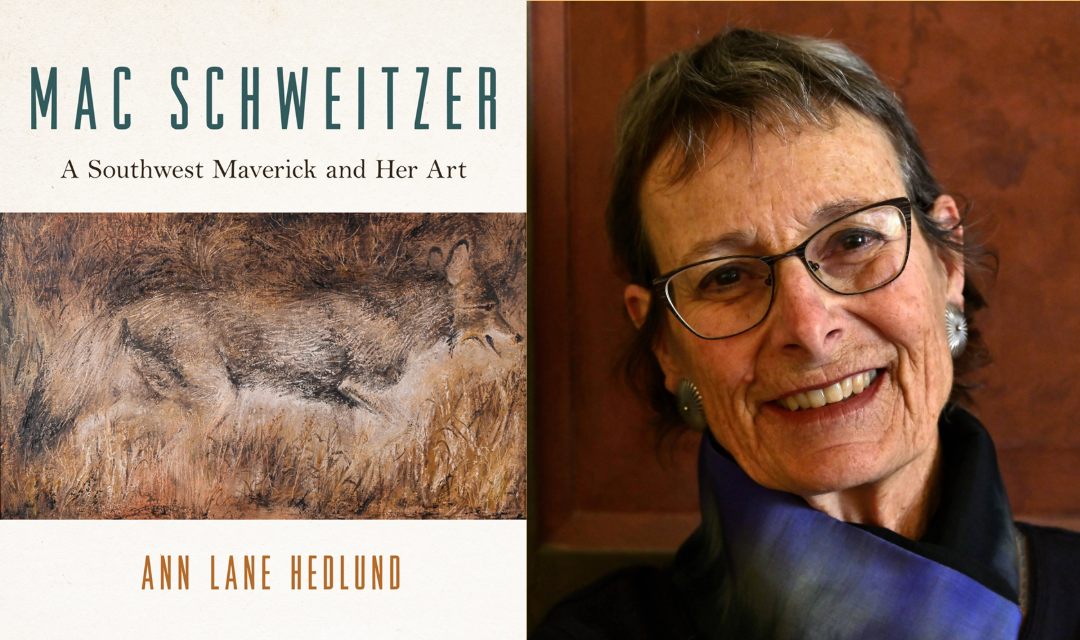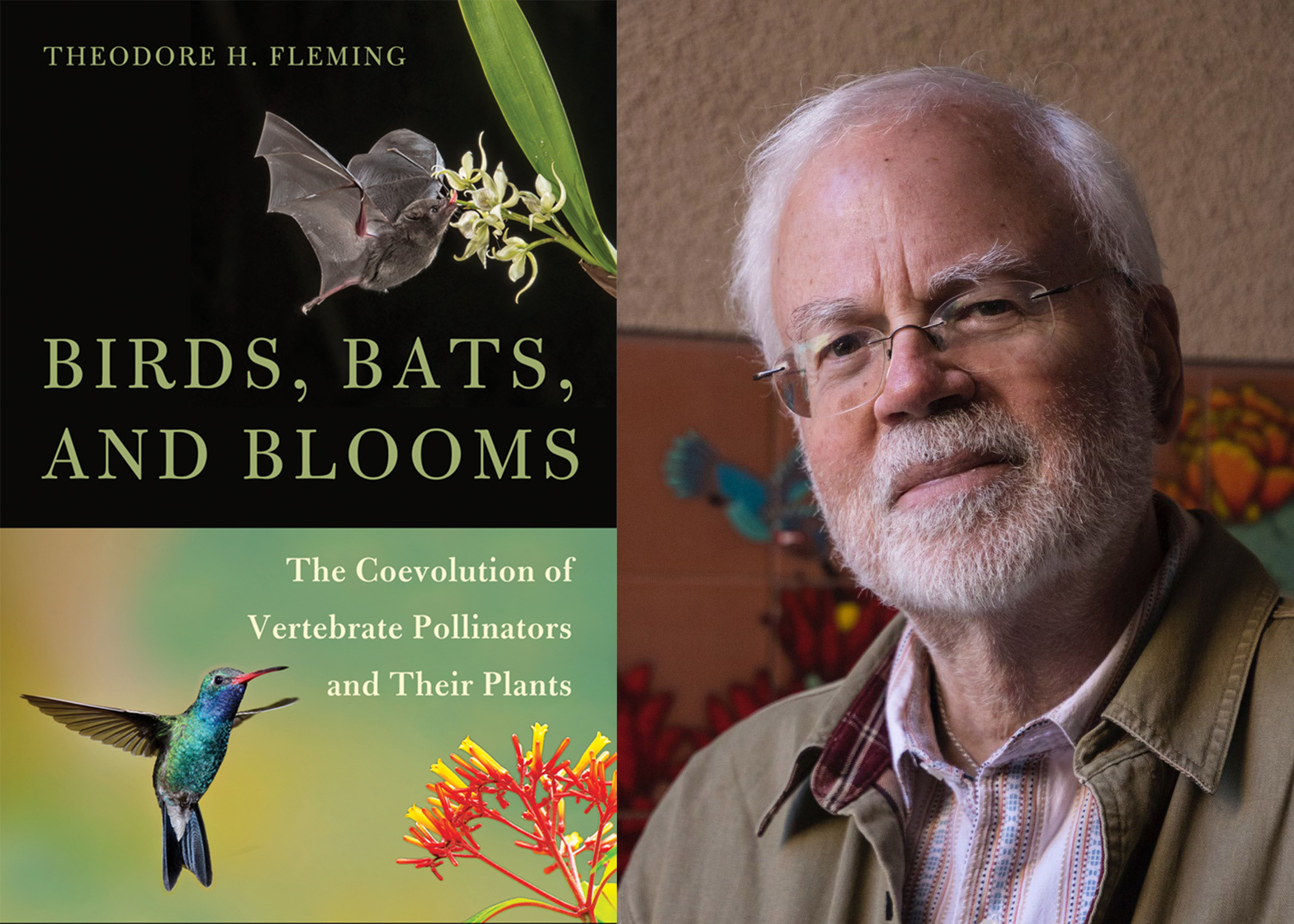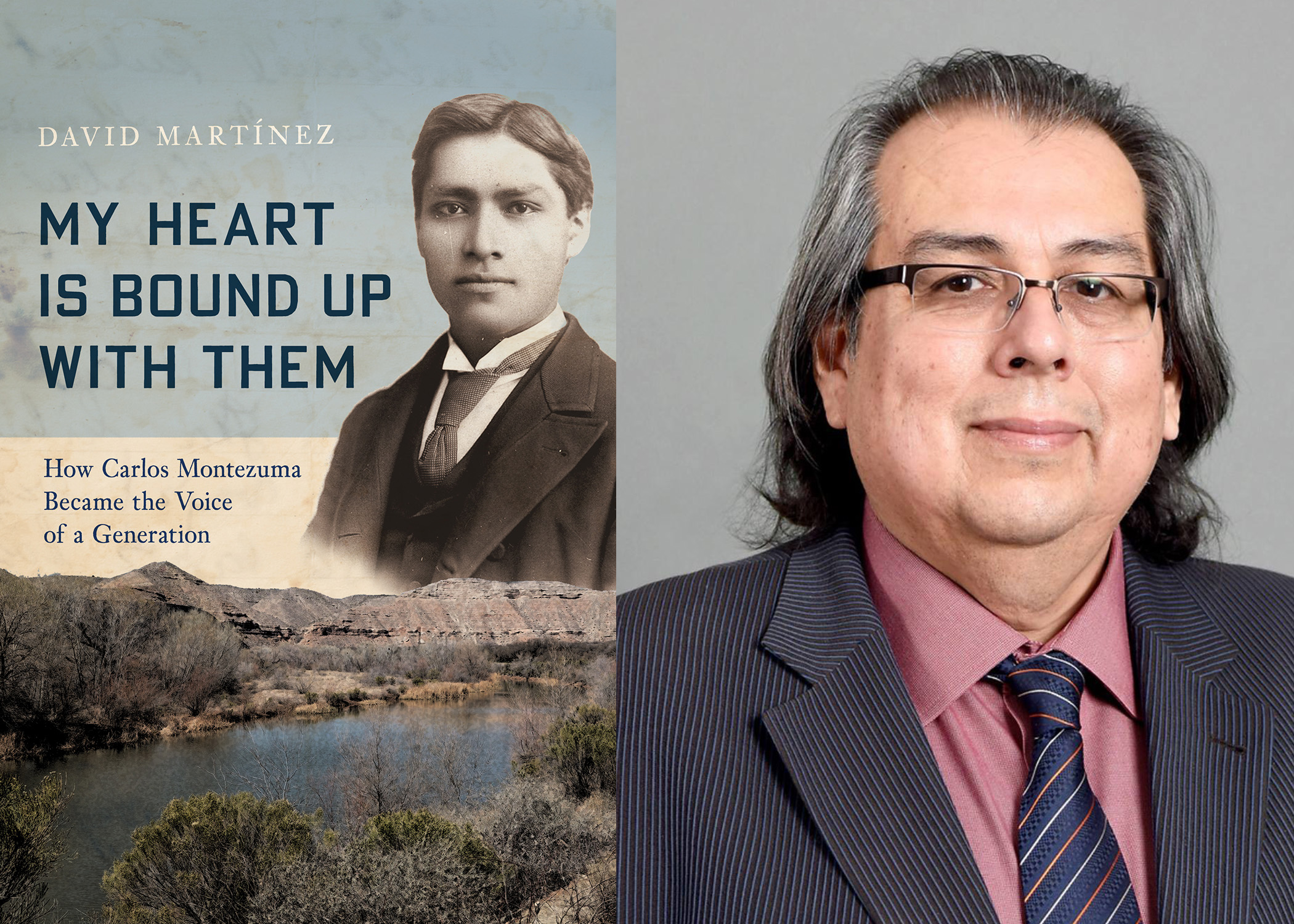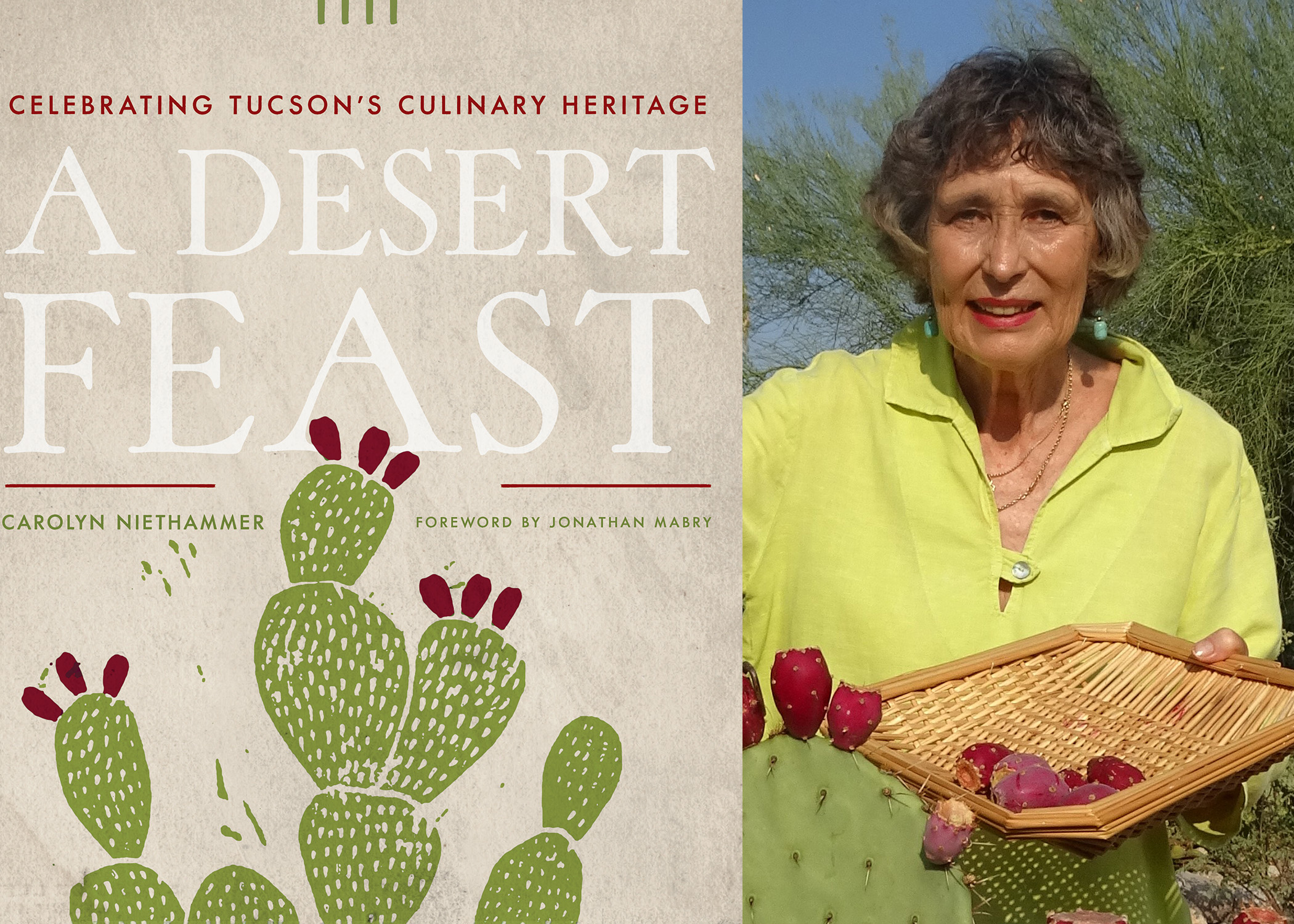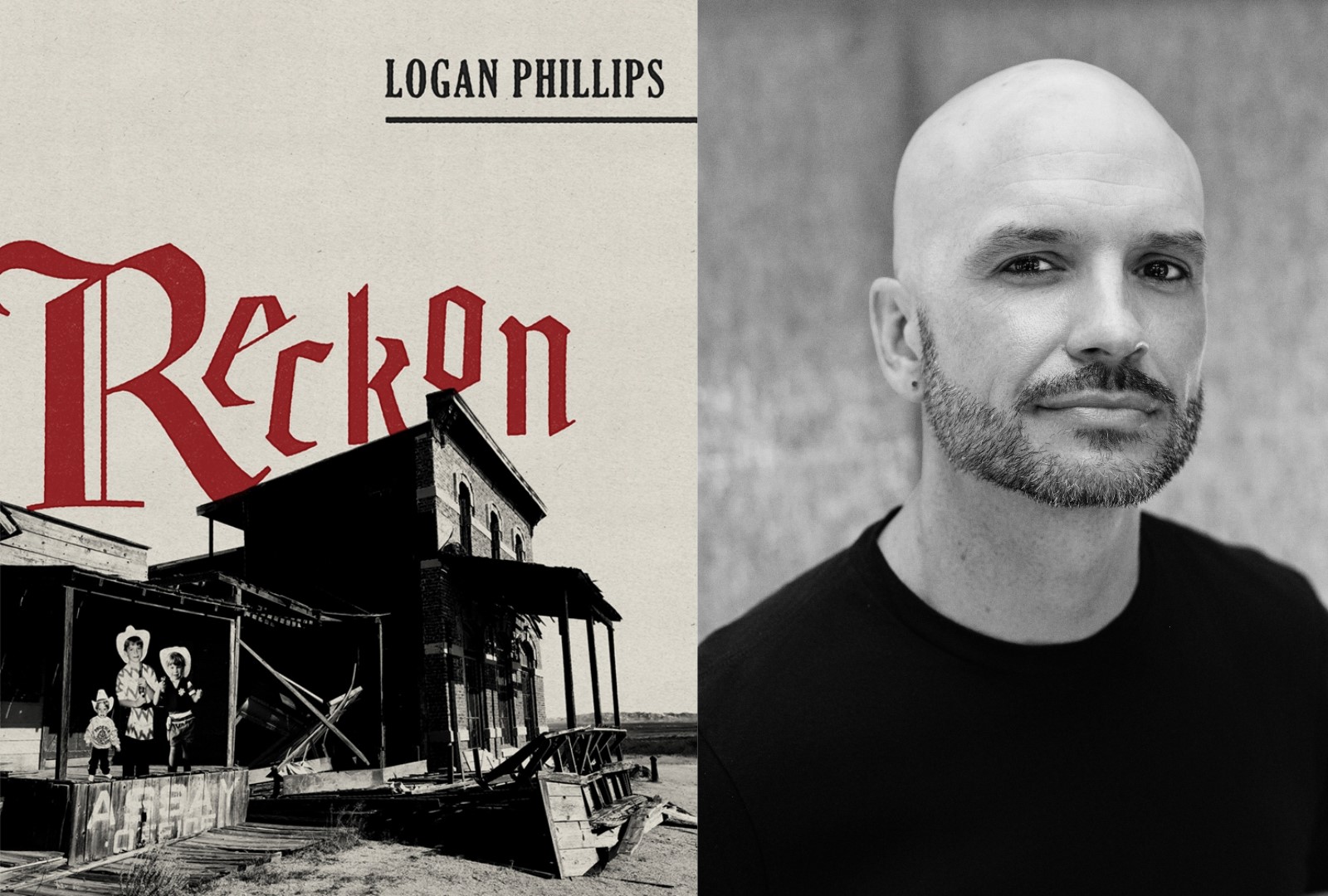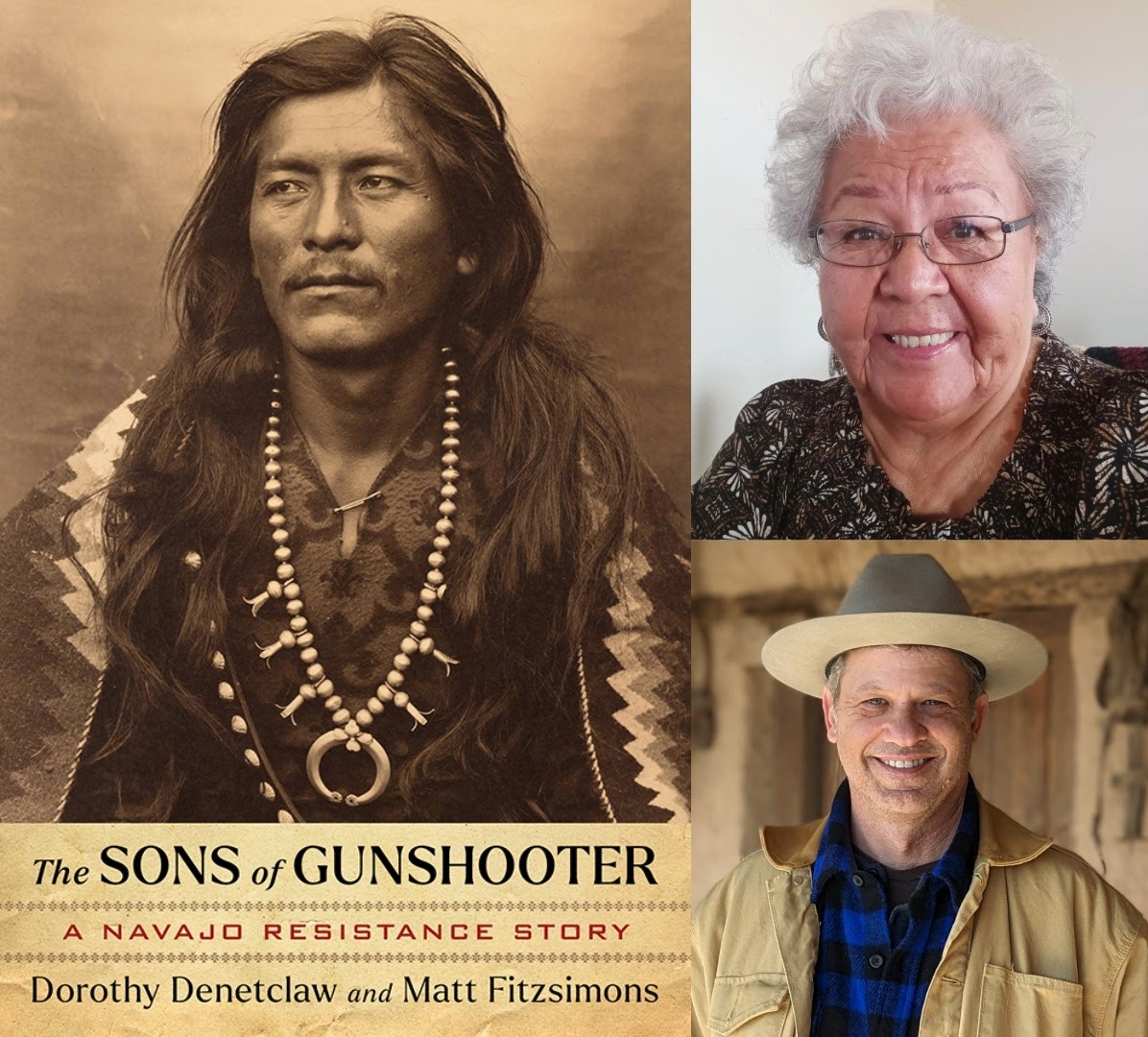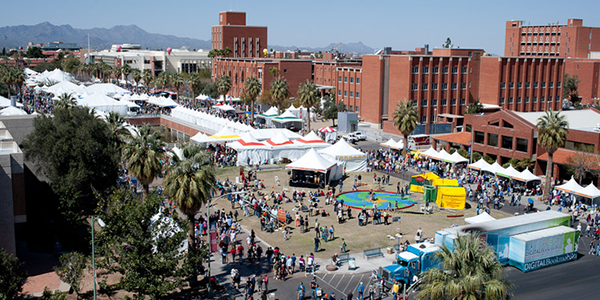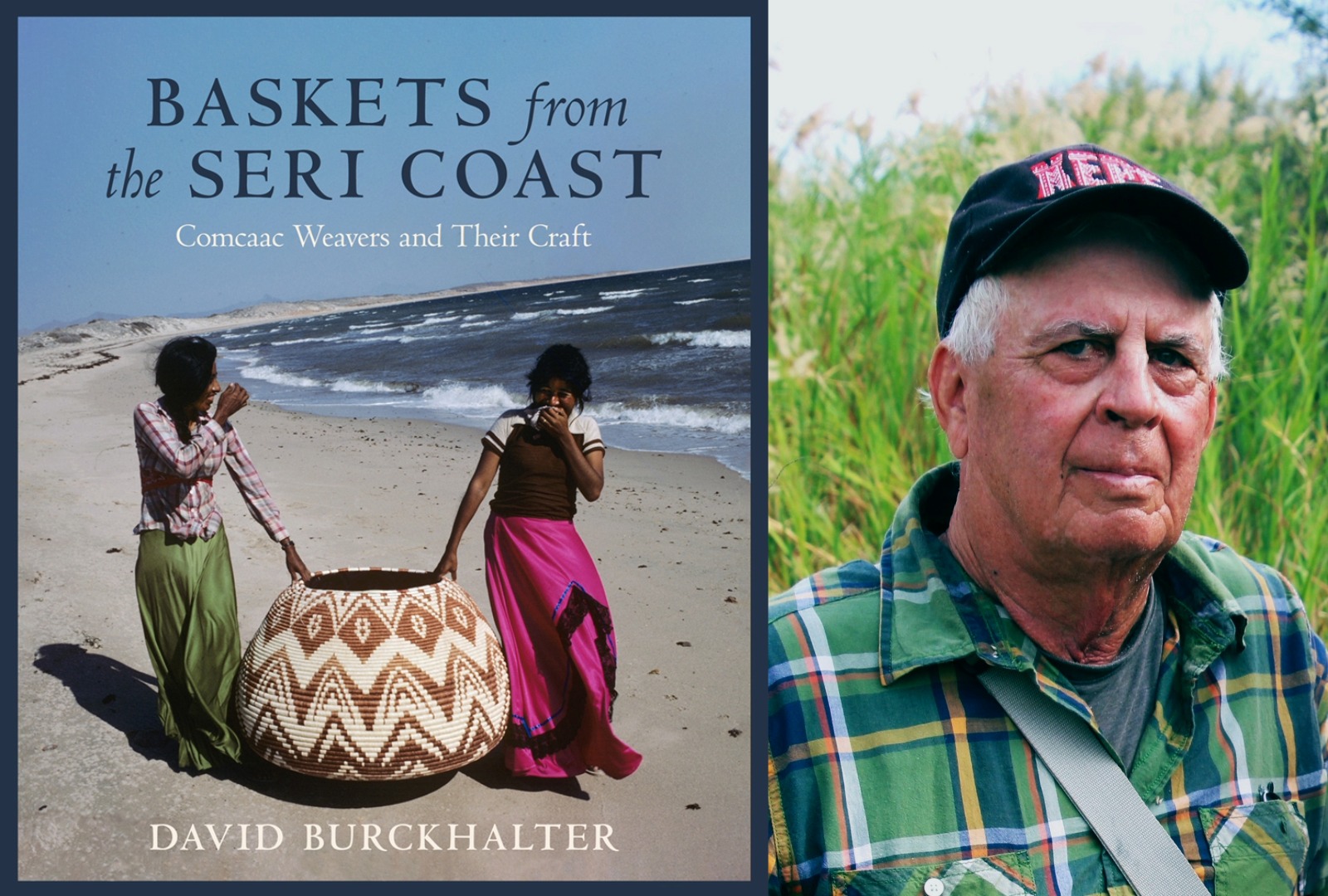When: October 19-21, 2022
Where: Yuma, Arizona, at the Pivot Point Conference Center
We are thrilled to be participating in the 2022 Arizona Historic Preservation Conference. This year’s theme is “Cultural Crossroads,” and includes a plenary panel discussion on our book Becoming Hopi. Learn more about the conference: www.azpreservation.org/conference.
From the conference organizers:
The Arizona Historic Preservation Conference boasts two full days of programming geared to professionals, with continuing education credits when available, in the fields of historic preservation, archaeology, cultural resources management, architecture, and planning.
The Arizona Historic Preservation Conference boasts two full days of programming geared to professionals, with continuing education credits when available, in the fields of historic preservation, archaeology, cultural resources management, architecture, and planning. The event is tailored for members of the public who are involved in historic preservation and archaeology through volunteer activities and non-profit or state and local board and commission membership. Programming is designed to attract elected leadership and staff of Arizona’s 22 Native American tribes, who have a special relationship to Arizona’s heritage resources. The two days of general programming are supplemented by a half-day of pre-conference workshops and five tours.
The theme of this year’s conference, “Cultural Crossroads,” has been selected in recognition of our host community’s unique geographical location on the banks of the Lower Colorado River. Indeed, Yuma’s historical development has been shaped by the Colorado. Though its importance as a cultural crossroads goes back centuries it was not until the California Gold Rush that a permanent Anglo settlement was established. The settlement soon became a busy river port for oceanic shipping, and subsequently a crossing waystation for those traveling by horse, stage, and rail across the Arizona Territory. In the twentieth century, these established transportation routes were further leveraged through the construction of large-scale irrigation projects such as Laguna Dam and the Yuma Siphon to transform the desert lands around Yuma into the agricultural breadbasket of the Southwest. Today, over 90% of the leafy greens consumed in the United States are grown in Yuma County as produce and tourists move along Interstate 8, along the alignment of the former “Ocean to Ocean Highway.”
The Cultural Crossroads theme was also selected in tribute to the culture and values of the tribal communities who, from time immemorial, have called the lower Colorado River home. The history of the Fort Yuma Quechan Tribe is inextricably linked to Yuma’s development as the largest city on the Colorado River. The history of the military establishment of Fort Yuma and subsequent boarding school is a difficult one, involving conflict and the forcible imposition of institutions of control. However, it is also a history marked by tremendous cultural resilience. Today, the Quechan Tribe’s durable contribution to the health and wellbeing of the river and the communities that rely on it is evident in the partnerships formed to promote heritage tourism, riparian restoration, recreation, and agriculture.
The event is tailored for members of the public who are involved in historic preservation and archaeology through volunteer activities and non-profit or state and local board and commission membership. Programming is designed to attract elected leadership and staff of Arizona’s 22 Native American tribes, who have a special relationship to Arizona’s heritage resources. The two days of general programming are supplemented by a half-day of pre-conference workshops and five tours.
We look forward to seeing you there!
 The University of Arizona Press
The University of Arizona Press

